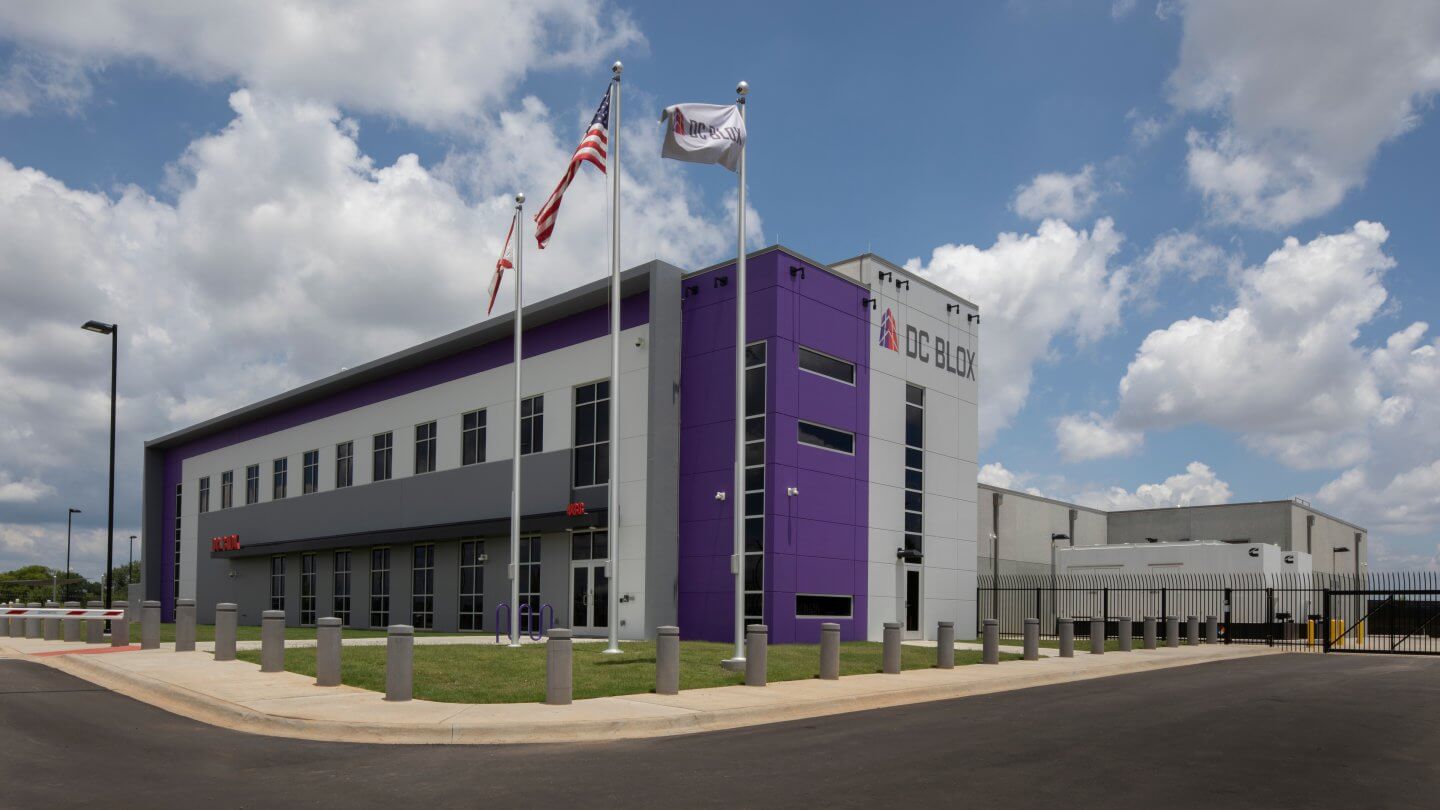Data Centers that offer the world from your neighborhood — DC BLOX
The much-hyped stampede to all-cloud computing for every organization under the sun never really happened — despite the benefits of scalable, OPEX-based platforms and the best efforts of the big cloud providers’ marketing spin machines. Most companies and public organizations have at least a portion of their infrastructure now with the Google Clouds, Azures, and AWSes of the world. But almost every organization keeps a decent chunk of its technology in-house or in local data centers.
The reasons for that hybrid deployment style are many and vary from case to case, but usually consist of some combination of security, cost, compliance, connection speed, and plain-old practicality — the latter summarized as “if it ain’t broke, don’t fix it!”
However, those big household names never stop innovating, and the healthy competition between them drives down prices. Plus, because those services are designed to be easy to create, configure and scale, many companies use them to test developing use-cases like experimental containerizations, AI and machine-learning applications, or GPU-based workloads. But when it comes to business-critical applications and services, it’s often not the time, nor is it economical to jump feet-first into the public cloud.
Technology-envy is a terrible thing, however! Those (virtual) shiny powerhouses with metrics off the scale can make the facilities your applications use daily seem a little drab. There is undoubtedly pressure from internal stakeholders to squeeze the best performance out of existing resources, and available budgets (especially for new staff) always seem to be tight and getting tighter. So, when it is time for a necessary overhaul of the organization’s infrastructure or a new project enters initial planning, “big cloud” is right there as a possible contender. But there are multiple options for most decisions, and sometimes the answers are closer than you might expect.
The large cloud providers work on economies of scale: huge data halls stretching for many acres, powered by dedicated generation plants. For companies looking for “burst” capacity, using remote cloud providers’ elastic compute capabilities can easily make economic sense for certain applications.
But because of physical necessities of that type of scale, your “local” data center might be 1,000 miles away. So for hybrid deployments where it’s wise to keep particular parts of an application in-house or local, the trick is assembling a connectivity system between the discrete elements. Usually, that means juggling multiple pipes, contracts, connections, and providers, adding a layer of bureaucracy on top of several layers of technical complexity. That has a potential significant negative impact on applications and services that must be rock-solid and have a certain level of performance. Mission-critical factors outside an organization’s direct control are rarely good in business, and the same is valid for the technology on which an organization stands. After all, a few extra hops via several different connections might only total a dozen extra elements to monitor, but factors outside the enterprise’s direct control should surely be minimized.
For businesses and public sector organizations here in the southeast, there is now an increasing number of Tier III data facilities that are within a virtual stone’s throw of where their users work.
DC BLOX provides private network connections from any of its local data centers that address the performance issues and security gaps of using the public Internet to connect on-premise and cloud facilities. It’s creating data halls close to existing backbone infrastructure on greenfield sites that are also close to you — the end-user. The tech that is powering the distant AWS plant is now available close to home, but with the ability to install and manage your own infrastructure in local, state-of-the-art facilities. Plus, DC BLOX offers not one data center, but many, all of which are connected and right here in the southeastern region.
Keeping certain infrastructure or critical components of an IT stack local is what enterprises need, but it requires an evaluation of the costs (dollar and distance) of connecting to big public data centers in a different region (or on a different continent).
Local and customizable
The various pros and cons of the big cloud providers are pored over in some detail in this three-part series over at DC BLOX’s site. But the bottom line is, as your IT infrastructure spreads to the cloud and across the digital universe, the need for local, well-connected data centers is a growing necessity you can no longer overlook.
Secure, reliable facilities and broad connectivity options mean localized services work, and not just from the point of view of the bottom line. Network services are rapidly configurable and can be altered to a significant degree without the penalty of long-term lock-ins to specific price plans or services. DC BLOX offers solutions that are customizable, from a single rack of space and power for lease, up to a dedicated data hall in one or more of its data centers. With a software-defined network, connections to providers and endpoints across the globe can be provisioned in minutes or hours, rather than days, weeks or even months. In just one of its carrier-neutral facilities, you might find a large telco offering national connectivity and peering, while, alongside, there might be banks of GPUs that have been bought and re-leased out by a local managed service provider.
In the next article in this series, we’ll look at some of the more specific offerings from DC BLOX, including cloud and object storage, colocation, and Cloud Ramp (dedicated, expedited connection to those large cloud providers we mentioned above). So, if you are looking for high-end facilities in your local downtown, watch this space. Please reach out to the DC BLOX team in the interim: they’re literally in your neighborhood.









